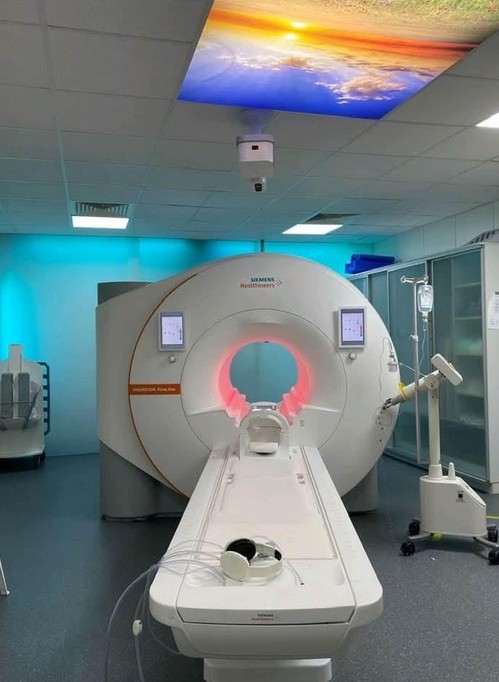A tragic incident recently occurred in the in Westbury, New York, is Nassau Open MRI, located on Old Country Road in Nassau County. The fatal event involved a 61‑year‑old man who entered the MRI room wearing a large, approximately 20‑lb weight‑training metal chain and was pulled into the machine during a scan. He suffered a medical episode, was hospitalized in critical condition, and passed away the following day. This wasn’t science fiction—it was a stark, chilling reminder of how even the most advanced technologies can become life-threatening if safety protocols are ignored, even momentarily.
According to initial reports, the man accidentally entered the MRI room, possibly while carrying a metallic object. Within seconds, the powerful magnetic field pulled him toward the machine with immense force. Despite cries and panic, it was too late—he died on the spot.
What is an MRI?
Magnetic Resonance Imaging (MRI) is a non-invasive imaging technique widely used in modern medicine to view organs, tissues, and skeletal systems in high detail. Unlike X-rays or CT scans, it does not use ionizing radiation, but relies on strong magnetic fields and radio waves. The typical MRI magnet is about 60,000 times stronger than Earth’s magnetic field.
That strength, however, comes with serious risks. Any metallic object—a belt buckle, watch, phone, surgical implant, or even something as small as a coin—can become a lethal projectile in an MRI room. Strict screening is therefore essential before entering MRI zones.
What went wrong in New York?
While the full investigation is still pending, experts believe this tragic incident stemmed from a breach in protocol—possibly human error or a lapse in enforcing entry restrictions. This isn’t the first time such accidents have occurred. MRI-related injuries and fatalities, though rare, are always preventable and often due to insufficient training, poor signage, or inadequate staffing.
Key Lessons for Medical Institutions and the Public:
• Hospitals must treat MRI suites as high-risk zones and assign trained security or medical personnel at the entrance—not rely solely on warning signs.
• Staff must double-check that no unauthorized person enters with metallic items—even non-medical personnel or patients’ family members.
• Patients and attendants must educate themselves before undergoing any medical procedure. An MRI is not “just a scan”—it’s a sensitive and potentially dangerous process if mishandled.
This isn’t just a New York problem. It’s a global cautionary tale for all healthcare facilities:
Trust in machines—but never blindly.














